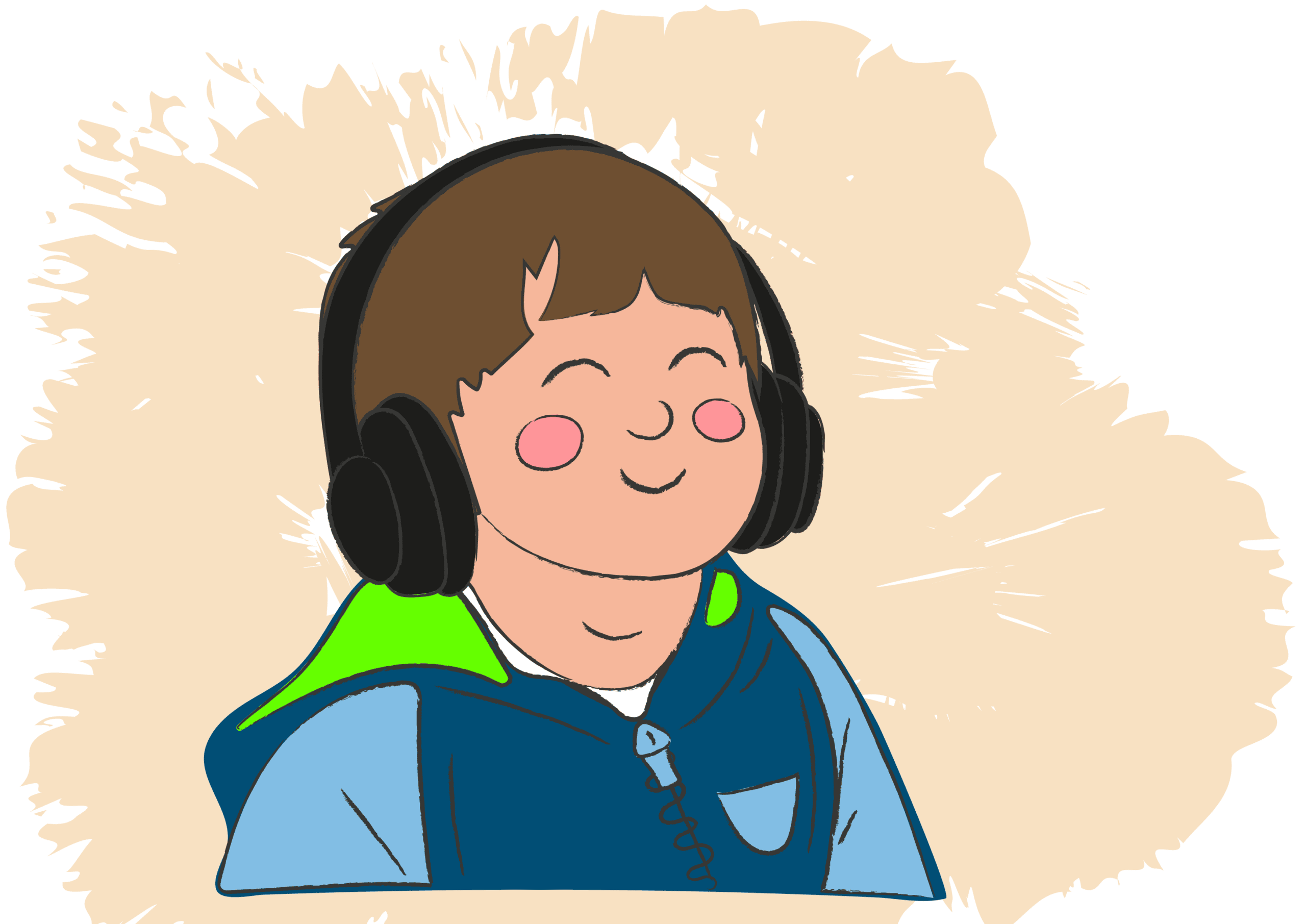Neurofeedback for Autism: What Is It and How Does It Work in Our Las Vegas Center?
If you’ve looked into treatment for Autism, there are so many common treatment options that you’ve probably come across. You’ve probably heard of several different treatment options like ABA and CBT, but have you ever heard about neurofeedback?
Neurofeedback is an incredible treatment therapy that can be used for a whole range of conditions, from autism to chronic pain to traumatic brain injuries, and more! Neurofeedback is a safe and easy-to-use treatment option for many people.
Not only is neurofeedback impactful, but it’s also backed by scientific research. Study after study continues to find more and more benefits for neurofeedback and its ability to alleviate symptoms for people who are suffering.
But what exactly is neurofeedback? How does it work and how can it help treat autism? In this guide, we’ve compiled answers to these questions and more. Read on to learn everything you need to know about neurofeedback and autism.
What is Neurofeedback?
Neurofeedback is a revolutionary treatment that harnesses the power of neuroscience to help treat a range of different kinds of conditions. Essentially, neurofeedback is a type of therapy that provides the user real-time feedback on their brain activity in an effort to improve brain functioning.
That might sound really complicated, but in reality, it’s fairly simple. During a neurofeedback treatment session, the user will be hooked up to an EEG or qEEG machine using small electrodes that are placed on their scalp – a painless process! Once the electrodes are affixed to the scalp, they will then display the user’s brain activity in real-time, usually on a computer display or other monitor.
Most neurofeedback treatment sessions actually appear similar to a video game! During the neurofeedback training, the computer or monitor will use visual cues and/or sounds to retrain the brain’s signals, thus helping to relieve symptoms and train the brain to behave differently.
How Does Neurofeedback Work?
If you’re unfamiliar with neurofeedback, it might sound like a strange process or something out of a science fiction novel. But, there is actually a lot of scientific research on neurofeedback and how it works.
Neurofeedback works by providing signals and stimulation that rewire the signals in your brain. From the time we’re born, our brains are constantly re-wiring and adjusting based on our external environments through a process called neuroplasticity. Neuroplasticity changes a bit as we move into adulthood, but adults and children alike can both shape our brain’s functioning through treatments like neurofeedback.
How Can Neurofeedback Help Treat Autism?
Neurofeedback is an incredibly versatile treatment that can help with everything from anxiety and post-traumatic stress disorder to chronic pain. By harnessing the power of neuroscience to shape the brain’s activity and functioning, neurofeedback truly is a powerful treatment option for many people.
When it comes to autism, there are a few different ways that neurofeedback can help. As you may already know, one thing that people with autism can sometimes struggle with is social skills. Through focused neurofeedback treatment sessions, neurofeedback can help to improve social skills for people with autism. One study found that after 12 months, neurofeedback treatments were able to do just that and improve social skills in a group of children on the autism spectrum.
Neurofeedback can also be helpful to improve executive function skills in people with autism. Executive function is an umbrella term that refers to cognitive skills that we use to thoughtfully plan out and execute behaviors, things like working memory, cognitive flexibility, and metacognition. Executive function is sometimes challenging for people with autism, and neurofeedback treatments can be a way to improve those skills.
Another way that neurofeedback can help with autism is in the treatment of other co-occurring conditions, sometimes called comorbidities. One common comorbidity in people with autism is Attention-Deficit Hyperactivity Disorder, or ADHD. Neurofeedback can help alleviate some of the symptoms of ADHD, including inattention and hyperactivity. In one research study, researchers used a randomized control trial to measure the impacts of neurofeedback on ADHD symptoms, and they found that the treatment was effective in reducing symptoms.
The research behind neurofeedback is truly incredible. Researchers have found that neurofeedback can help with all kinds of ailments, from mental health conditions like anxiety and depression to physical ailments like migraines and tinnitus.
When it comes to using neurofeedback to treat autism, researchers have been studying neurofeedback’s impacts for a while now and have found all kinds of interesting findings. One study looked at how a neurofeedback treatment regimen might help reduce autism symptoms. The researchers found that the neurofeedback treatment was successful in improving daily functioning and increasing emotional understanding for the study participants.
In another study, researchers provided a group of children with autism with a series of neurofeedback treatments, while another group of children acted as a control group and didn’t receive any neurofeedback treatments. The researchers found that the group who had the neurofeedback treatments improved a lot compared to the control group who didn’t get the neurofeedback treatment.
This is just a small sampling of the latest research on neurofeedback treatments for autism, and as the years go by this body of scientific research will only continue to grow. More research will certainly be done on this treatment over the next several years, but based on the current research it does appear to be a helpful option for people with autism.
Some treatment options can be very powerful when used on their own, but become exponentially impactful when combined with other helpful treatment options. Neurofeedback and ABA are two autism treatments that go hand in hand to help alleviate symptoms!
We know based on clinical research that neurofeedback can be a helpful treatment option for people with autism. ABA therapy is another treatment option that can have positive impacts on people with autism.
While there hasn’t been any research on the impacts of combining neurofeedback and ABA therapy into one treatment plan, using both of these incredible treatment options together is a sure way to increase the potential impacts you can see.



